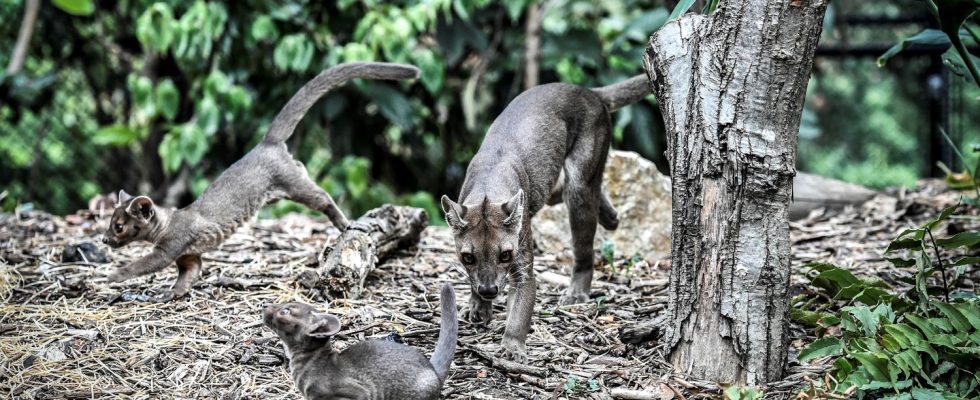A young female dama gazelle was born in April, when there are only 350 individuals of this species left in the world.
Article written by
Posted
Update
Reading time : 1 min.

Precious births. The Paris Zoological Park has seen the birth of baby animals of rare species, the National Museum of Natural History has just announced. A young female dama gazelle was born on the morning of April 23, “a first birth for this species in the park” of which there are only 350 individuals left in the world, all managed by humans, according to a press release published Monday, June 26.
“This birth is therefore extremely important for the breeding plan of this rare species and will allow probable reintroductions in the years to come”, explains the animal establishment, recalling that in the natural environment, there are no more than 175 wild dama gazelles left, distributed only in Chad and Niger. The dama gazelle species is classified as critically endangered by the International Union for Conservation of Nature (IUCN) and the Mhorr subspecies, of which the zoo herd is a part, has been extinct in the wild since the 1970s. It only survives thanks to the numbers reproduced in captivity, in North Africa, Europe, and the United States.
More than 70 baby animals
“Mala”, a female bush dog, a species of South American canine, gave birth on April 28 to three puppies, visible in the Amazon-Guyana biozone of the park, her third litter since her arrival at the Zoological Park. As for the female fossa (carnivorous mammal from Madagascar) called “Zanahary”, she gave birth in May to four young. This birth, rare in zoos, is the result of a mating with the new fossa male ‘Berany’, which arrived in March from the Szeged zoo in Hungary. The transfer took place within the European conservation program for this species classified as Vulnerable by the IUCN.
According to the Zoological Park, since the beginning of the year, more than 70 baby animals, including two six-banded armadillos, a roan antelope, a griffon vulture, four cattle egrets and in particular two caiman lizards have also been born. .
